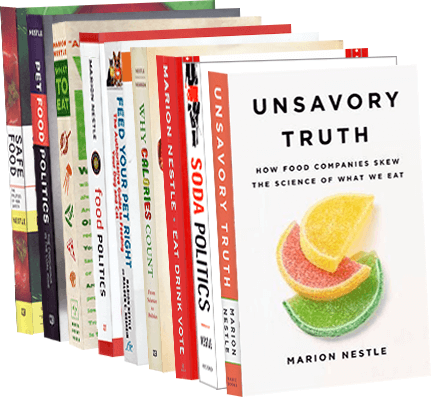Pistachio recalls: curioser and curioser
The FDA, reports the New York Times, is getting tougher about food safety, and about time too. Within the last few days, the FDA has issued guidance to industry about how to deal with pistachios, warned food companies that they must follow Good Manufacturing Practices, explained to companies how recalls are supposed to be done, warned consumers not to eat pistachios unless their source is known, and continued to update the list of recalled products.
None of this gets at the real problems: the lack of a unified food safety system with some teeth in it, resources to carry out food safety oversight and inspections, and authority to order recalls of potentially unsafe food (recalls, as I keep reminding you, are voluntary). And I guess we should add traceability. According to the account in USA Today, the plant that shipped the contaminated pistachios has no idea where they all went.
Pistachio growers have stepped into the breach and now have a website listing products that have not been recalled.
The FDA’s handling of the pistachio situation differs sharply from the agency’s usual way of handling such things. Usually, the FDA waits for people to get sick before taking action. The odd thing here is that nobody seems to have gotten sick from eating contaminated pistachios. So what the FDA is doing is working – so far.
And all this is happening under the leadership of an Acting Commissioner while the newly appointed Commissioner, Dr. Margaret Hamburg, awaits congressional approval.
May 26 update: FoodProductionDaily.com reports that the supplier of Salmonella-contaminated pistachios had tested the nuts, found them to contain Salmonella, and re-heated them, but didn’t bother to check to make sure the Salmonella were killed or that the nuts weren’t recontaminated with unroasted nuts. Bill Marler has more to say about this. Here’s the FDA inspection report of April 30, and the FDA Pistachio recall page again.

